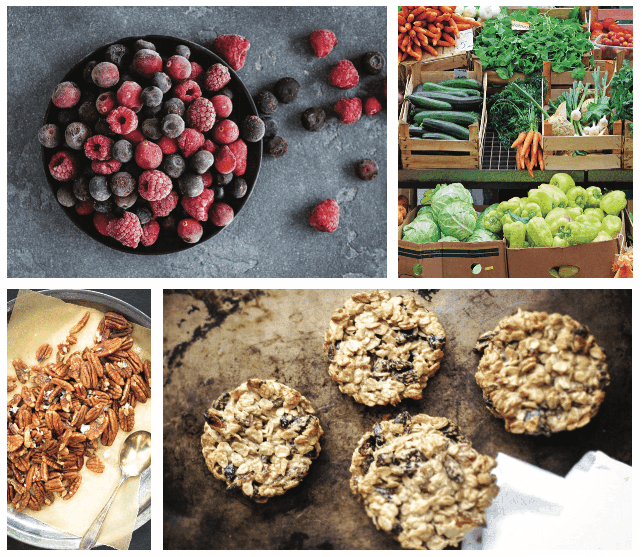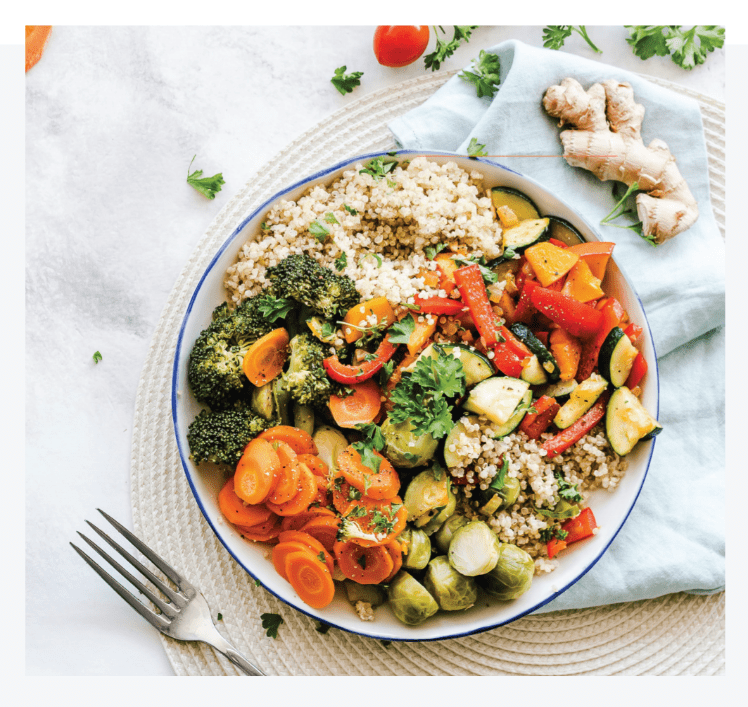Diving into the Squat and Portion Distortion!

Squat is super important for those who sit a lot, because prolonged sitting leaves the glutes deconditioned. Your glutes and hamstrings support healthy knee function and all sorts of everyday movement: climbing stairs, bending down to pick up something off the floor, sitting down, standing up, getting in and out of your car and much more.
The glutes are the largest muscle in your body, but also the most underdeveloped. Weak glutes are responsible for tightness in your hips and pain in your knees. That pain can travel up your spine and down your legs into your feet. The good news is that these squats make your glutes stronger, so your knees can be safe!
Let’s get started!
If you are enjoying these workouts, remember that with a Pilates Fit Studio on-demand membership, you can keep this momentum going on your fitness journey.
Portion Distortion
In addition to today’s tutorial, we will look at portion distortion. Let’s dive into this!
WHAT IS PORTION DISTORTION?
What are healthy portions and what’s an easy way to measure them? Healthy choices mean choosing what you eat and how much of it you serve yourself. Salad is good, but even that has its limits. Here are five guidelines for different food types that will help us nourish our bodies, without going overboard.

- An average-sized fist or baseball is roughly 1 cup. This is the size of one serving of vegetables (raw or cooked). The same goes for fruit juice (100%).
- A scooped handful or tennis ball equals a ½ cup. This is the appropriate portion of grains like oatmeal, rice and pasta.
- The palm of your hand or a deck of cards is close to a 3oz serving of fish, beef, chicken, or other meat.
- Limit nut butters to the size of your thumb: this is roughly a tablespoon.
- The tip of your pointer finger (to the first knuckle) or a postage stamp represents the appropriate amount of fats and oils (i.e., 1 teaspoonful).
In addition to these five tips, another way to keep portions reasonable is by using smaller plates for meals.
Use these guidelines to balance out your portions. This way, your food choices support your health and fitness goals. Making even one change at a time will have a positive impact on your health.
Reclaim the Healthiest Version of Yourself
Join PFS On-Demand Membership

